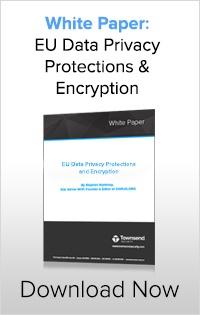Prioritize Your Data Security Plan and Encryption Strategy
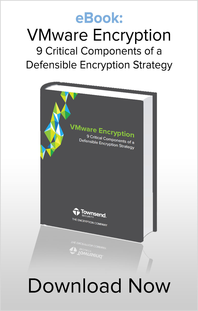 Many businesses migrating to VMware environments are storing or processing credit card numbers, financial information, health care data, and other personally identifiable information (PII) in a virtual, shared environment. How does an organization meet industry data security requirements and prevent unwanted access to sensitive data?
Many businesses migrating to VMware environments are storing or processing credit card numbers, financial information, health care data, and other personally identifiable information (PII) in a virtual, shared environment. How does an organization meet industry data security requirements and prevent unwanted access to sensitive data?
In order to achieve a comprehensive data security plan in a VMware environment, organizations should consider the following steps:
Take Inventory of Your Sensitive Data
Every data security project should start by making an inventory of sensitive data in your IT environment. If you do not know where to start, first consider the compliance regulations you fall under. For example, do you process credit cards? If so, you must locate and encrypt primary account numbers (PAN), expiration date, cardholder name, and service codes where they are processed, transmitted, or stored in order to meet PCI compliance. If your company is a financial institution, include Non-Public Information (NPI) about consumers, and if you are in the medical segment, you must also locate all Protected Health Information (PHI) for patients. Finally, locate all data that is considered Personally Identifiable Information (PII) which is any information that can uniquely identify an individual (social security number, phone number, email address, etc.). Business plans, computer source code, and other digital assets should make the list, too.
Once you have a list of the kinds of information that you should protect, find and document the places this information is stored. This will include databases in your virtual machines, unstructured data in content management systems, log files, and everywhere else sensitive data comes to rest or can be found in the clear.
After you have a full inventory of your sensitive data, prioritize your plan of attack to secure that information with encryption and protect your encryption keys with a key management solution. The most sensitive information, such as credit card numbers, medical or financial data, is more valuable to cyber criminals and should be encrypted first. Creating this map of where your sensitive data resides and prioritizing which data to encrypt is not only a requirement for many compliance regulations, but will help to focus your resources as well.
What to do:
- Define sensitive data for your organization.
- Using manual and automated procedures, make an inventory of all of the places you process and store sensitive data.
- Create a prioritized plan on how you will encrypt the sensitive information affected by compliance regulations.
Implement Encryption and Encryption Key Management
While encryption is critical to protecting data, it is only half of the equation. Your key management solution will determine how effective your data security strategy ultimately is. When encrypting information in your applications and databases, it is crucial to protect encryption keys from loss. Storing encryption keys with the data they protect, or using non-standard methods of key storage, will not protect you in the event of a data breach.
For businesses who are already encrypting data, the most common cause of an audit failure is improper storage and protection of the encryption keys. Doing encryption key management right is often the hardest part of securing data. For this reason, it is paramount to choose a key management solution that is compliant and tested against the highest standards:
- Your VMware key management solution should be based on FIPS 140-2 compliant key management software (find out if your key management vendor offers FIPS 140-2 compliant key management on the NIST website look it up on the NIST web site.
- A key management solution should also conform to the industry standard Key Management Interoperability Protocol (KMIP) as published by OASIS. Ask for the KMIP Interoperability Report from the KMIP testing process.
Encrypting sensitive data on your virtual machine protects your data at the source, and is the only way to definitively prevent unwanted access to sensitive data. With VMware environments, businesses that need to protect sensitive data can use encryption and encryption key management to secure data, comply with industry security standards, protect against data loss, and help prevent data breaches.
What to look for:
- Use industry standard encryption algorithms such as AES to protect your sensitive data. Avoid non-standard encryption methods.
- Your encryption solution should support installation in any application workgroup that you define for your trusted applications. Be sure your encryption vendor explains any limitations in the VMware deployment.
- Your encryption key management solution should support deployment in a separate VMware security workgroup. Ideally, the key management solution will include internal firewall support to complement the VMware virtual firewall implementation.
- Your key management solution is a critical part of your VMware security implementation. It should support active collection and monitoring of audit logs and operating system logs. These logs should integrate with your log collection and SIEM active monitoring systems.
As your IT environment evolves, make sure your key management evolves with you. In addition to support for VMware, be sure your key management solution is available as a hardware security module (HSM), as a Cloud HSM subscription, and as a native cloud application on major cloud service provider platforms such as Amazon Web Services and Microsoft Azure. Even if you do not have these non-VMware platforms today, it is important to consider that the evolution of your IT infrastructure is inevitable. The encryption and key management solutions you deploy today in your VMware data center should be prepared to move to cloud or hosted platforms quickly and seamlessly. A merger, acquisition, rapid growth, competitive challenges, and technology advances can force the need to migrate your solutions to new platforms.
For more detailed information, check out our eBook on VMware Encryption – 9 Critical Components of a Defensible Encryption Strategy:

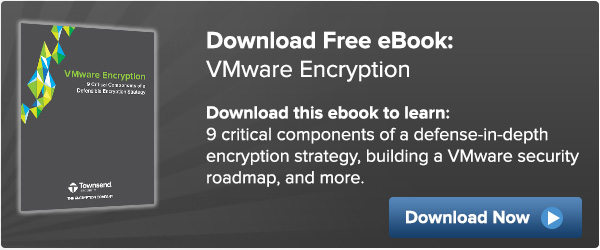
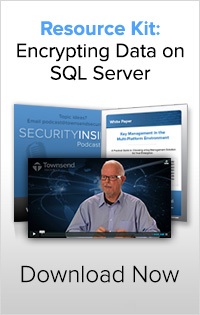

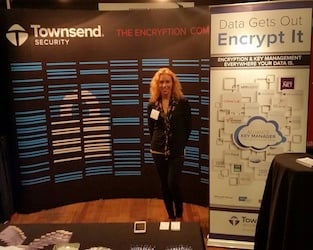

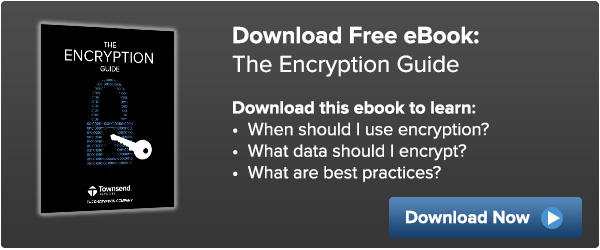
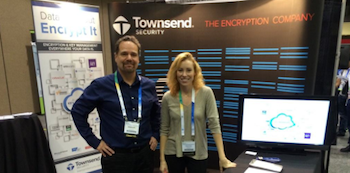

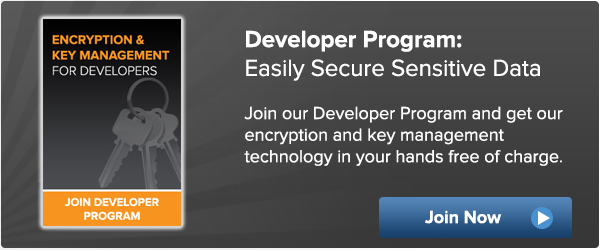
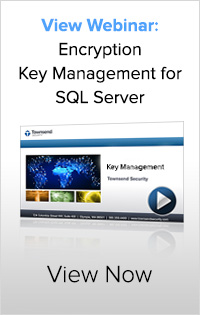

 Forget about vampires, werewolves, and other things that go bump in the night. If you want to be truly frightened this Halloween, just take a look at some of the 395 data breaches reported in the first half of 2014 alone.
Forget about vampires, werewolves, and other things that go bump in the night. If you want to be truly frightened this Halloween, just take a look at some of the 395 data breaches reported in the first half of 2014 alone.

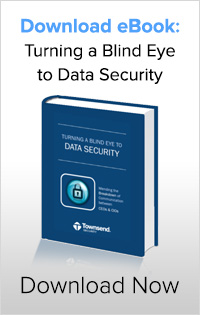
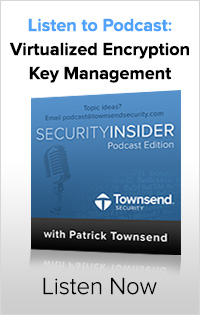
 The Payment Card Industry Data Security Standard (PCI DSS) is one of the most rigorous and specific set of standards established to date and is used by many organizations as a standard to secure their systems. PCI DSS applies to all organizations that store, process, or transmit cardholder data, regardless of volume. This includes merchants, service providers, payment gateways, data centers, and outsourced service providers.
The Payment Card Industry Data Security Standard (PCI DSS) is one of the most rigorous and specific set of standards established to date and is used by many organizations as a standard to secure their systems. PCI DSS applies to all organizations that store, process, or transmit cardholder data, regardless of volume. This includes merchants, service providers, payment gateways, data centers, and outsourced service providers. 
